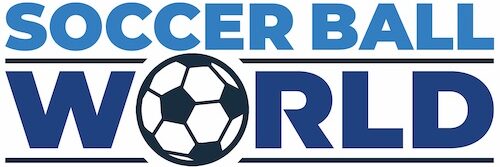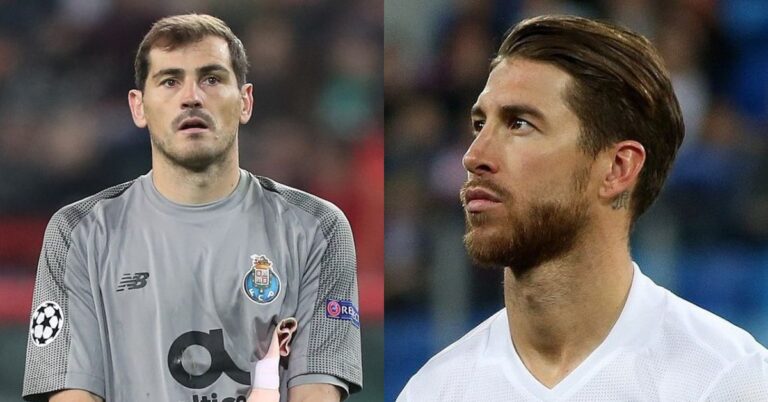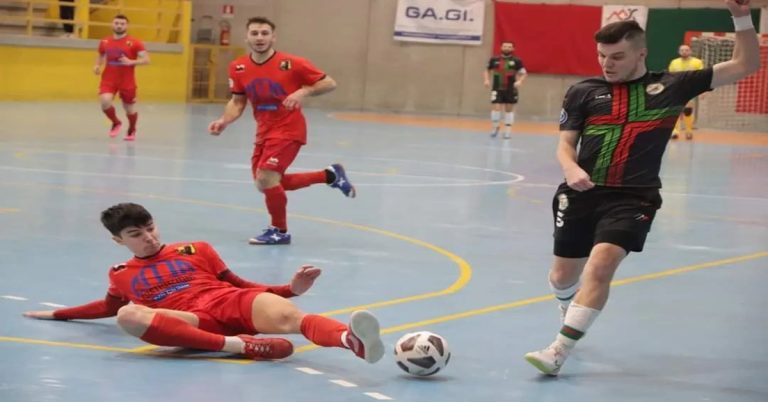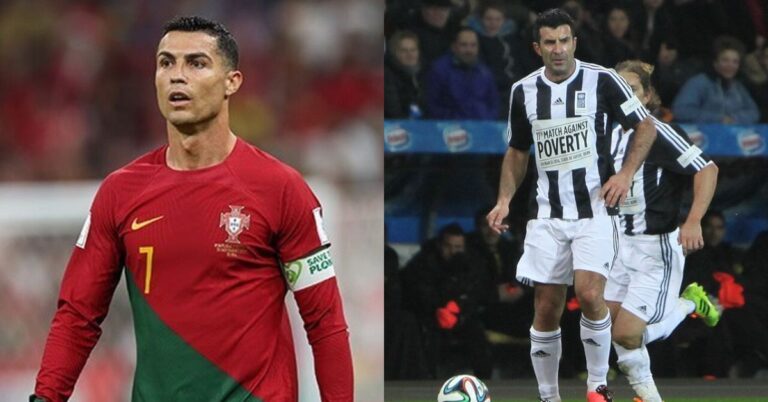Soccer Ball Care
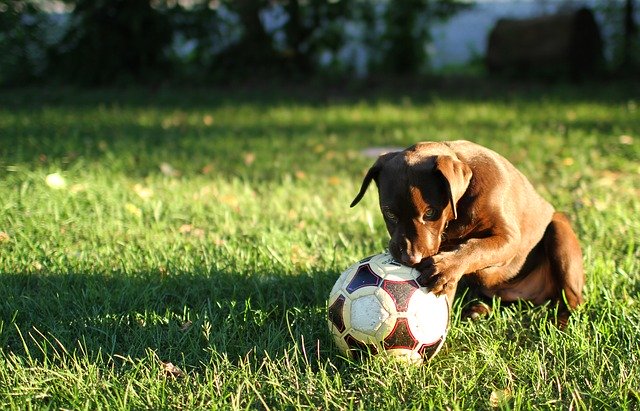
“Love your ball, be the ball, sleep with the ball.”
quoted from one of my crazy soccer coaches
As with any product that you buy, taking good care of your soccer ball will prolong it’s life.
There is nothing complicated about taking care of a soccer ball. Just use common sense.
Do not stand or sit on your soccer balls. Do not kick your good match soccer balls excessively hard against a wall. They can become warped and your ball will wobble when kicked.
Buy a good quality ball using Soccer Ball World as your buying guide and take good care of it. Your soccer balls will then have a long life.
Cleaning
Remove excessive dirt from the ball after use. Use a damp cloth to wipe the ball clean. If needed, use some mild soap or some type of synthetic leather cleaner to remove excessive dirt or stains from the ball. Be careful when using detergents to clean the ball. Never use harsh detergents. Outer coverings and stitching on some balls may be adversely affected by concentrated cleaners.
Reframe from excessively spraying soccer balls with high pressure water spay. Water may penetrate into the ball.
Do not play with a wet ball during freezing temperatures. The water on the ball could freeze and cause injuries.
Playing Surface
Play on turf, grass or smooth surfaces . Rough surfaces such as gravel, asphalt or concrete can be very abusive to a typical soccer ball. Premature excessive wear and cuts on the outer cover will occur due to abrasion when the ball bounces or skips across rough surfaces.
Use Proper Air Pressure
Do not over or under pressurize a ball. Use the manufactures recommended air pressure that is printed on most balls. Most soccer balls have a pressure rating of 6 to 8 lbs. or 0.6 or 0.8 BAR. It is recommended that you use a pressure gauge to measure the exact amount of pressure in a ball after inflating and before use.
BAR or PSI or LBS?
Some soccer balls have recommended pressure values indicated in BAR while others have the values indicated in PSI or LBS. To convert the pressure values, use the following formulas:
To convert BAR (KGS) to PSI (Lbs.):
Answer = 14.5037 X The amount of BAR(KGS)
For example: A soccer ball has a recommended pressure of 0.6 BAR labeled on it. To convert BAR in Pounds Per Square Inch (PSI), multiply 0.6 times 14.5037. The answer is 8.7 PSI or Lbs.
To convert PSI (Lbs.) to BAR(KGS):
Answer = .068948 X The amount of PSI(Lbs.)
For example: A soccer ball has a recommended pressure of 7.9 Lbs. (PSI) labeled on it. To convert Pounds Per Square Inch (PSI) into BAR, multiply 7.9 times .068948. The answer is 0.545 BAR.
Inflating a Soccer Ball
Soccer balls lose air pressure over time. Sometimes over a few days (soccer balls that use butyl bladders keep air pressure longer than balls that use latex bladders). Be sure to check the pressure frequently to make sure the ball is properly inflated. Therefore, invest in a good ball pump, have a supply of inflation needles and use a low pressure gauge to measure for proper inflation.
Before you first inflate a soccer ball, place a couple drops of silicone oil or silicone lubricant spray or glycerin oil into the valve. You can purchase one of the oils or spray at your local hardware store. Using one of the lubricants will improve the life of the valve and lubricate the valve for easy insertion of the inflation needle.
Always moisten the inflation needle before you insert it into the valve. Preferably, use some silicon oil to moisten the needle. However; some people use spit…yuk, but that is not recommended.
Manufacturers recommend that you reduce the air pressure in your match balls after a game to reduce the amount of stress on the ball seams or stitching. Be sure to inflate the ball back to proper pressure before the match.
